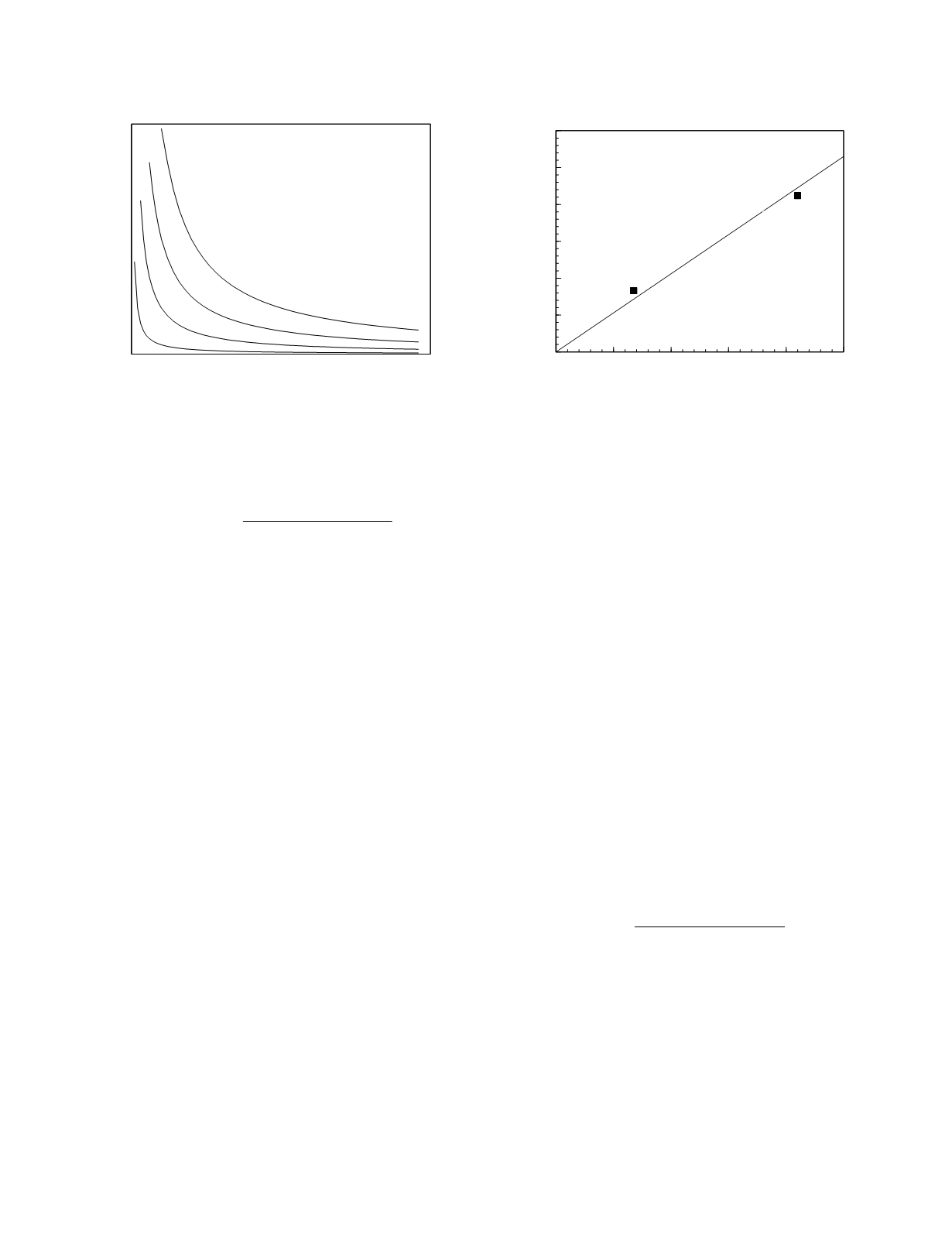
This dependence is revealed in the following form of
the formula for half-life:
half-life = 0.693 x
volume of distribution
clearance rate
Organ synthetic rate
Direct measurement of organ synthetic rate is
possible only for a limited number of organs: the
stomach, pancreas, and testes. The secretory
products of all other organs are released in ways that
do not permit their collection. Consequently, the
functional status of these organs must be assessed
indirectly. The indirect measurement of organ
synthetic rate is based upon the steady-state relation-
ship between the plasma concentration of a marker
substance and its synthetic rate. Rearrangement of
the relationship yields
synthetic rate =
clearance rate x plasma concentration
If it is assumed that the marker substance is secreted
only by the organ of interest and that the clearance
rate of the substance is a constant, organ synthetic
rate can be estimated from the plasma concentration
of the marker substance. Because the relationship is
not only linear but directly proportional, the magni-
tude of a change in synthetic function is exactly
reflected in the proportional change in the concentra-
tion of the marker. If the clearance rate remains
constant, a twofold elevation in the marker substance
levels, for instance, indicates an identical twofold
increase in synthetic activity; a one-third reduction
in the concentration of the marker reflects a
one-third decrease in synthetic rate.
Figure 7.3 illustrates the proportional relation-
ship between the plasma concentration of cortisol
and its synthetic rate. The cortisol synthetic rate and
daily average plasma concentration in normal adults
and in patients with Cushing's disease are also
indicated in the figure (Esteban
et al.
1991).
Individuals with Cushing's disease have increased
cortisol synthetic rates; the patients represented in
the figure have a cortisol synthetic rate 3 times
greater than normal and a daily average cortisol
concentration which is 2.5 times larger than normal.
Organ clearance rate
Organ clearance rate can be measured directly if
the eliminated substance can be collected. The
substance being removed is collected over time and
its elimination rate is determined. During the collec-
tion a blood specimen is taken, and the concentration
of substance in the plasma is assayed. The organ
clearance rate is then calculated using the formula
for clearance rate defined by
clearance rate
=
elimination rate
plasma concentration
In practice the collection of eliminated substances is
possible only for substances excreted into the urine.
Direct measurement of organ clearance rate is
thereby limited to the kidney.
Indirect measurement of clearance function is
required for such organs as the liver and lungs. The
clearance function of the kidney can also be evalu-
ated by indirect measurement, which is particularly
useful when the collection of a timed urine specimen
Organ Function
7-2
Figure 7.2
Steady-state relationship between substance
concentration and clearance rate for four different synthetic
rates.
Figure 7.3
Steady-state relationship between plasma corti-
sol concentration and cortisol synthetic rate. The mean
concentration and synthetic rate pairs for normal adults and
for patients with Cushing's disease are indicated.
0
20
40
60
80
100
Cortisol synthetic rate (µmol/day)
0
100
200
300
400
500
600
Cortisol (nmol/L)
normal
Cushing's
disease
Clearance rate
Steady-state plasma concentration


